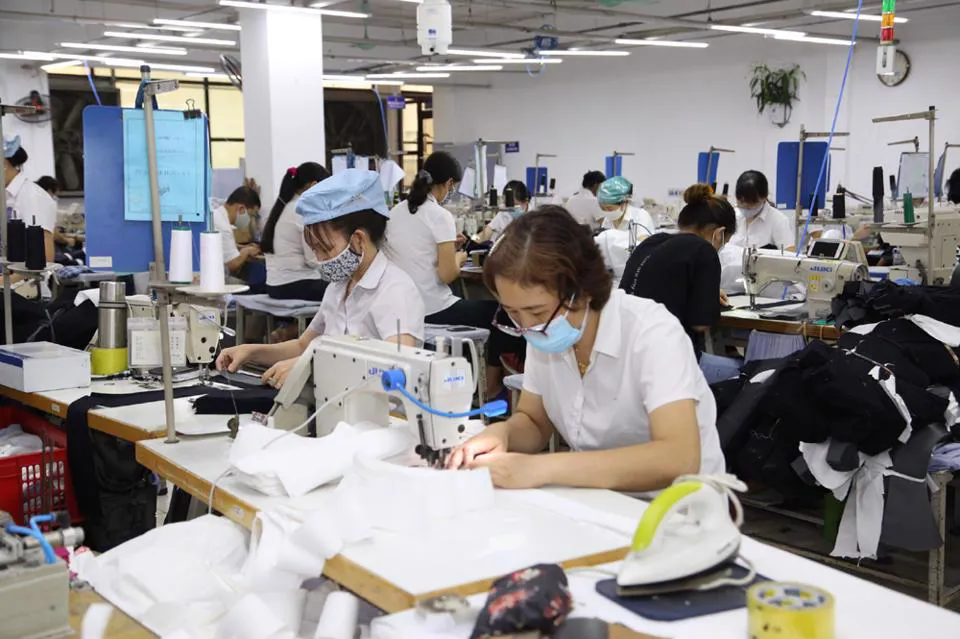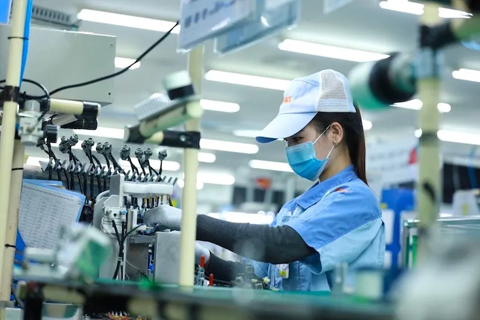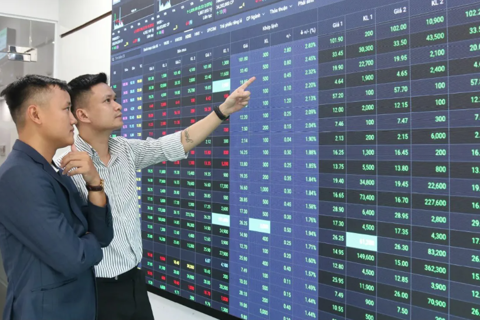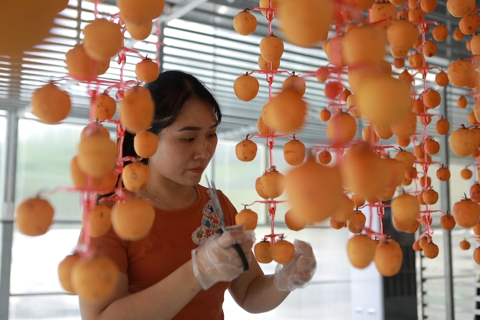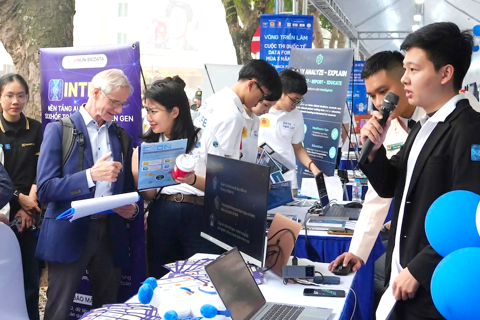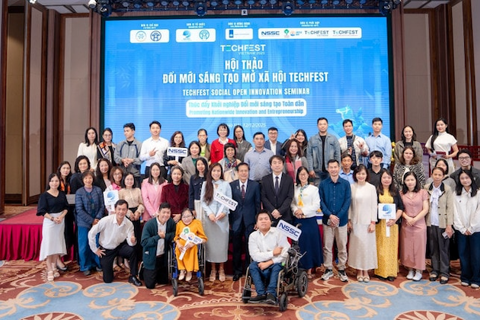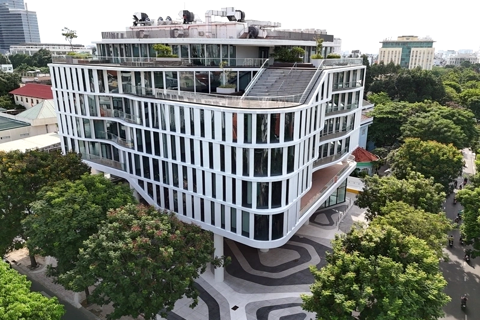Higher quality standards to ensure Vietnam’s sustainable trade with EU
The EU expects the use of good production practices based on ESG (Environment – Society – Governance) criteria for imported products.
EU’s new policies in tightening requirements on product safety and environmental protection for footwear and seafood from Vietnam are putting further pressure on local firms to raise their quality standards.
| Production at Garment 10 Company. Photo: Thanh Hai |
As of May 3, local seafood traders are expected to comply with the European Commission (EC)’s new maximum level of mercury in seafood of 0.3-1 mg per kilogram, depending on each product.
General Secretary of the Vietnam Association of Seafood Exporters and Producers (VASEP) Truong Dinh Hoe said sustainable seafood production is an irreversible trend and has been a key factor in exporting foodstuffs to the EU.
According to Hoe, the EU would continue expecting the use of good production practices based on ESG (Environment – Society – Governance) criteria for imported seafood.
In the field of the garment industry, the EC expects textiles placed on the EU market to be long-lived, recyclable, and made to a large extent of recycled fibers, which is putting pressure on producers to be more aware of environmental factors in operation.
Vice-Chairman of Vietnam Textile and Apparel Association (VITAS) Truong Van Cam added these requirements would soon become compulsory.
“In the coming time, importers would request their partners to better meet higher standards on origin tracing, the use of recyclable materials, or lower level of chemical uses in their products,” Cam said.
Cam also noted the necessity to monitor environmental impacts during the manufacturing process to ensure a healthy working environment for employees.
Making green, high-quality products
Vietnam’s trade counselor to Nordic countries Nguyen Thi Hoang Thuy noted that along with higher consumer demand for seafood from European markets, these countries are expecting clear, transparent, and accurate information on food safety and quality.
“Any act of fraud in this regard may result in severe consequences, for which enterprises need to pay attention to these issues,” Thuy said.
Director of the WTO and Integration Center Nguyen Thi Thu Trang called for companies to enhance the control of material supplies to take better advantage of export opportunities via the Vietnam-EU Free Trade Agreement (EVFTA).
Trang mentioned the local textile industry that currently imports 60% of input materials from China, which would be a major hindrance for Vietnam’s products to further penetrate the EU and US markets.
“Diversification of supply sources is key for Vietnam to meet requirements from clients,” Trang noted.

